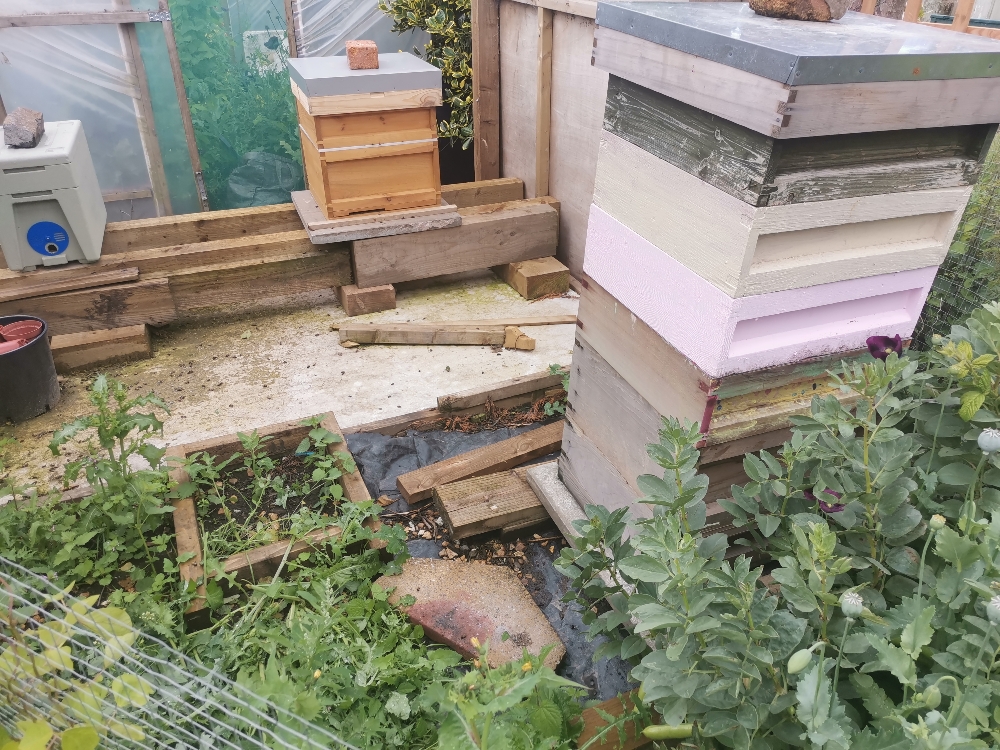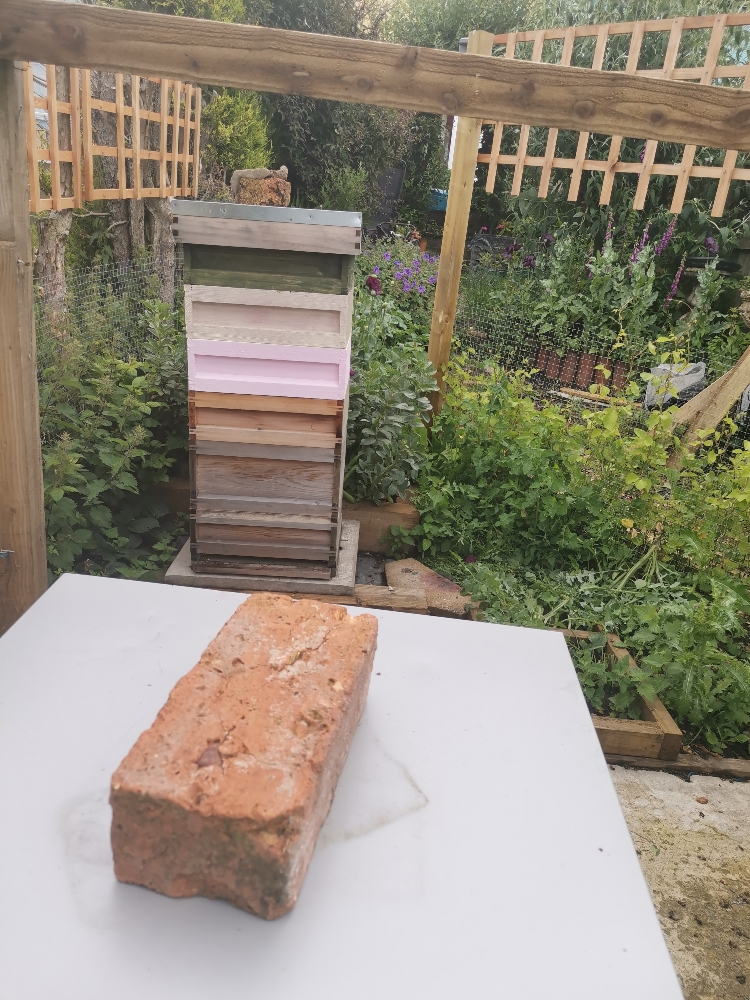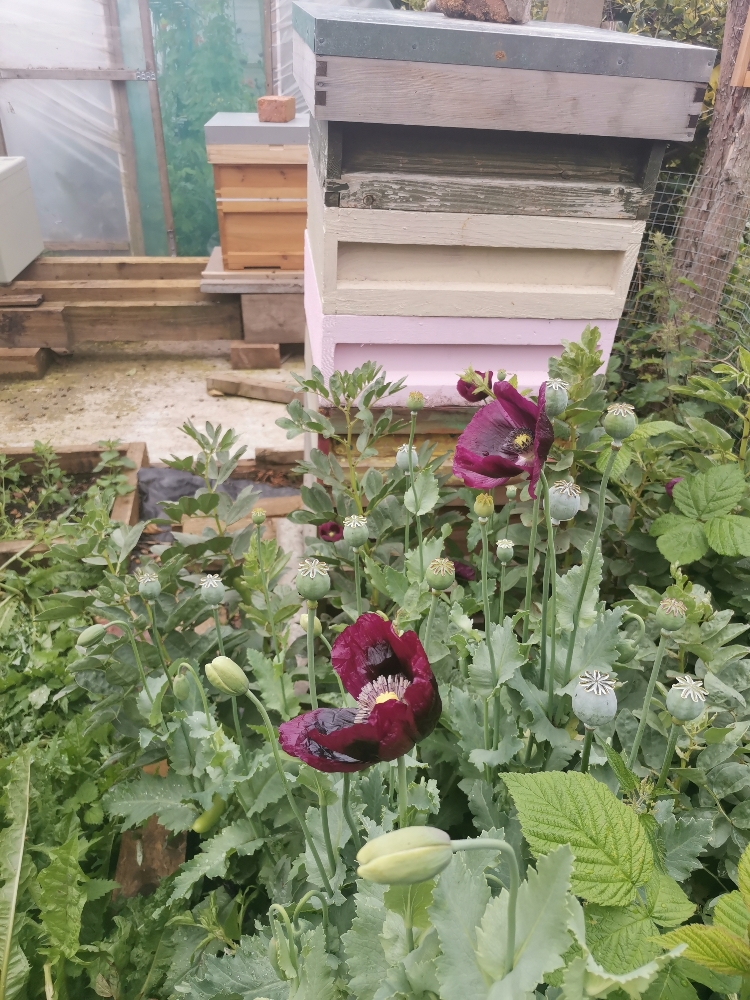I found carnies and Buckfast much swarmier.
Yes some did indeed let there bias show.

I found carnies and Buckfast much swarmier.
I found carnies and Buckfast much swarmier.


 Carnies? my experience says I would agree with you...
Carnies? my experience says I would agree with you...Just a thought but I wonder if it was ever in date with regards to Amc swarming tendency.
If they tried to manage them in the same way and in the same hives they did their native bees, then swarming intent would have been unfairly judged.
Actually he was looking for opinions which would include personal observations?










I
Where are the statistics for bees?
If individuals are prepared and have the means to develop and select everything may be possible.
I think the bee's ability to thrive and produce surplus also depends hugely upon weather and forage and the way it is managed. Swarming is driven by more than genetics. I have a 3 year old queen/hive of locals (probably amm types -were sourced from an amm area) that has never swarmed; I induced them to produce some queen cells this year in order to increase.
As For want of a better word suggested ”All bees swarm. Adaptation and selection for local environmental condition play a large part.........”
Perhaps availability of stock is the problem here.... or the cost of queens as they sell for a premium?
Or the fact that beekeeping is becoming so trendy that beeks don't really care what they have so long as they have bees and honey. I had countless arguments with a couple of 'Sunday beeks' down the road from my apiary because some were getting buckfast and let them swarm through 'hands off management' whilst others were just keeping feisty mongrels with no incline of improving their stock.
What hope is there for me to work on improving my stock through natural selection around that?
I don't want to generalise here as I know that some breeders in the UK breed true Amms but there also seems to be a lot of beeks that will sell you Amms that are clearly mongrels. Again these could be giving a bad name to Amms. I don't know if I ever had true Amms but I have some mixed race (due to open mating conditions here) that are inclined to swarm while some sisters are not. I also had true carnies from B+ that did not swarm.
Actually he was looking for opinions which would include personal observations?


